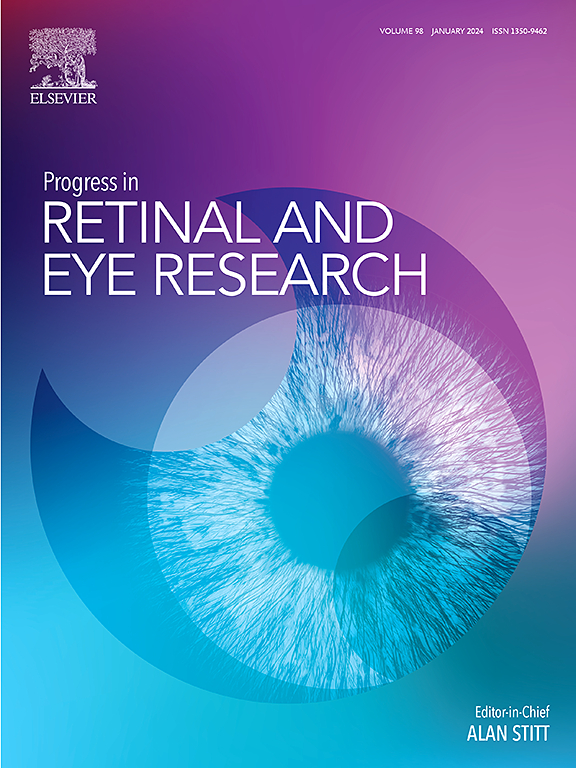Artificial intelligence in ophthalmology: Progress, challenges, and ethical implications
IF 14.7
1区 医学
Q1 OPHTHALMOLOGY
引用次数: 0
Abstract
The adoption of artificial intelligence (AI) in ophthalmology holds great promise for improving diagnostic accuracy, optimizing workflows, and enhancing patient care. However, regulatory, ethical, and technical challenges must be addressed to ensure its safe and effective implementation. Bias in AI can lead to disparities in healthcare delivery, while the “black-box problem” raises concerns about transparency and trust. Ethical principles must guide AI integration, particularly regarding patient safety, accountability, and liability. Privacy risks related to data collection and security are especially critical in ophthalmology, where large imaging datasets are essential. Additionally, AI-generated inaccuracies, or “hallucinations,” pose potential risks to clinical decision-making. Cybersecurity threats targeting AI-powered healthcare systems further emphasize the need for robust protections. Despite these challenges, AI has the potential to improve access to ophthalmic care, particularly in underserved regions, as seen in AI-assisted diabetic retinopathy screening. However, financial and infrastructural barriers remain significant obstacles to widespread adoption. Addressing these issues requires collaboration among stakeholders, including regulators, healthcare providers, AI developers, and policymakers, to establish clear guidelines and promote trustworthy AI systems. This review explores key regulatory and ethical concerns and highlights strategies to ensure the responsible integration of AI into ophthalmology.
人工智能在眼科应用的监管问题和挑战:未来是什么?
人工智能(AI)在眼科中的应用对提高诊断准确性、优化工作流程和加强患者护理有着巨大的希望。然而,必须解决监管、道德和技术方面的挑战,以确保其安全有效地实施。人工智能的偏见可能导致医疗保健服务的差异,而“黑箱问题”引发了对透明度和信任的担忧。人工智能整合必须遵循伦理原则,特别是在患者安全、问责制和责任方面。与数据收集和安全相关的隐私风险在眼科中尤为重要,因为大型成像数据集是必不可少的。此外,人工智能产生的不准确性,或“幻觉”,对临床决策构成潜在风险。针对人工智能医疗系统的网络安全威胁进一步强调了对强大保护的需求。尽管存在这些挑战,人工智能仍有可能改善眼科护理的可及性,特别是在服务不足的地区,正如人工智能辅助糖尿病视网膜病变筛查所见。然而,财政和基础设施障碍仍然是广泛采用的重大障碍。解决这些问题需要包括监管机构、医疗保健提供者、人工智能开发人员和政策制定者在内的利益相关者之间的合作,以建立明确的指导方针并促进值得信赖的人工智能系统。本综述探讨了关键的监管和伦理问题,并强调了确保人工智能与眼科负责任地整合的策略。
本文章由计算机程序翻译,如有差异,请以英文原文为准。
求助全文
约1分钟内获得全文
求助全文
来源期刊
CiteScore
34.10
自引率
5.10%
发文量
78
期刊介绍:
Progress in Retinal and Eye Research is a Reviews-only journal. By invitation, leading experts write on basic and clinical aspects of the eye in a style appealing to molecular biologists, neuroscientists and physiologists, as well as to vision researchers and ophthalmologists.
The journal covers all aspects of eye research, including topics pertaining to the retina and pigment epithelial layer, cornea, tears, lacrimal glands, aqueous humour, iris, ciliary body, trabeculum, lens, vitreous humour and diseases such as dry-eye, inflammation, keratoconus, corneal dystrophy, glaucoma and cataract.

 求助内容:
求助内容: 应助结果提醒方式:
应助结果提醒方式:


